Ryman Auditorium, Nashville, TN.
Part of the mygrassisblue.com #BluegrassTrails series, on the trail of bluegrass history and its pioneers/early protagonists.
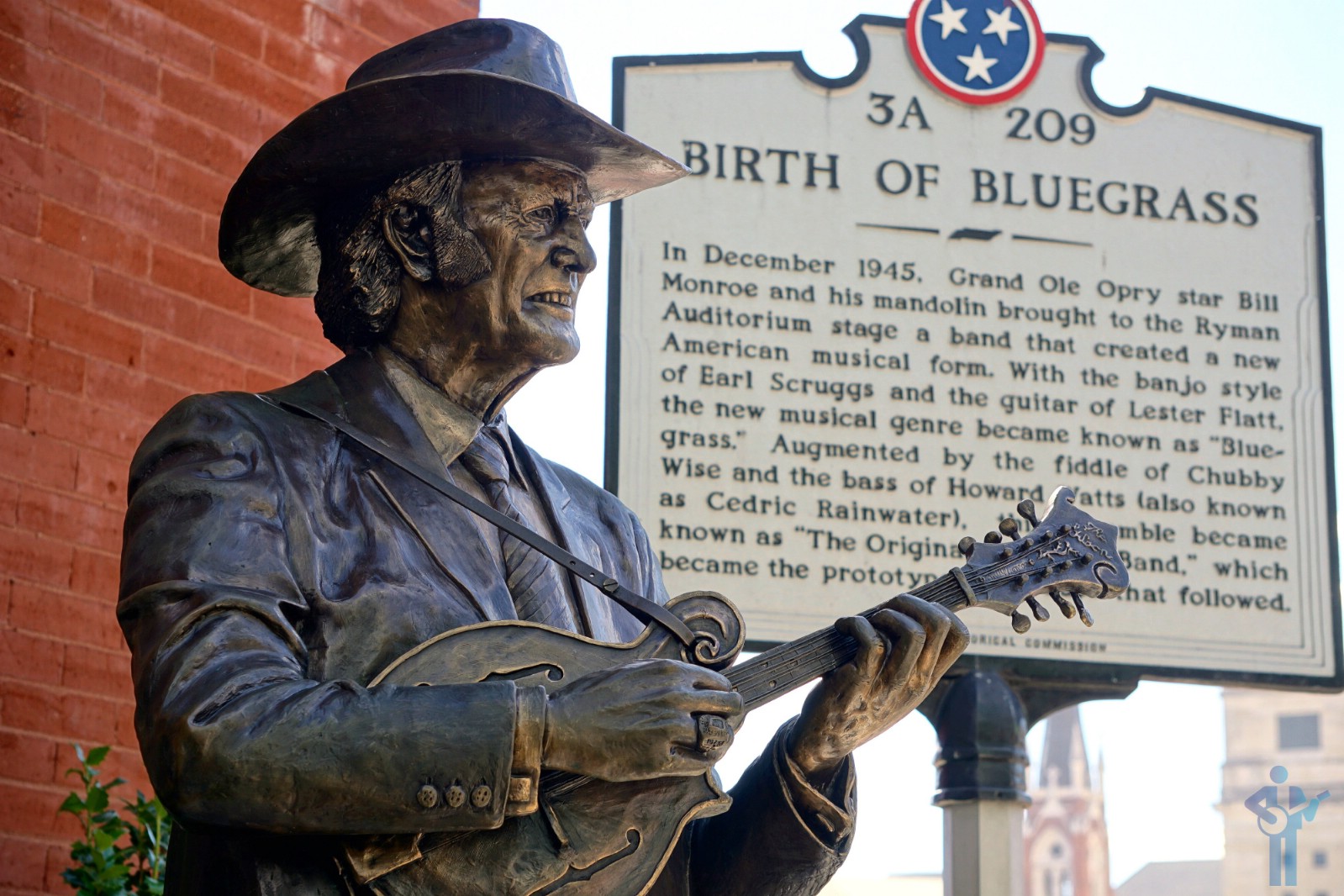
The statue to Bill Monroe, The Father of Bluegrass, outside the Ryman Auditorium in Downtown Nashville, Tennessee. October 16, 2017.
Birth of Bluegrass
It was upon the Ryman Auditorium stage on December 8th of 1945 that the ‘Father of Bluegrass’ Bill Monroe presented to the world the sound of a new musical genre. When Monroe’s rapid-fire mandolin and ‘high lonesome’ vocals were joined by Earl Scruggs’ virtuosic and innovative signature three-finger style of five string banjo playing, Lester Flatt’s guitar and vocals, Chubby Wise’s fiddle, and Howard Watts’ bass, ‘bluegrass’, as it was to become known, was born. Today bluegrass remains a staple on venerated stage where it started.
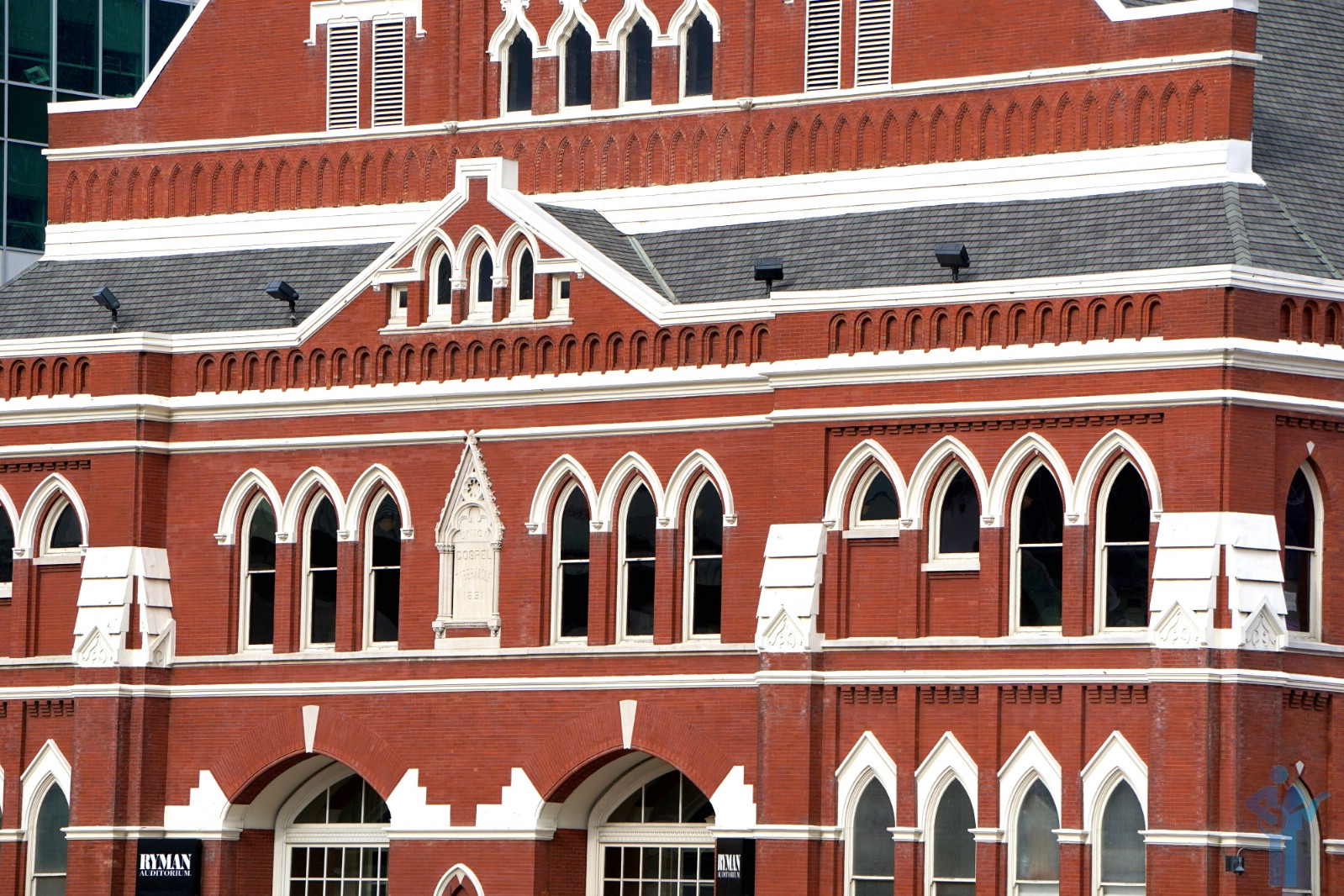
The external facade of the Ryman Auditorium, The Mother Church of Country Music, in Downtown Nashville, Tennessee. October 16, 2017.
Union Gospel Tabernacle
A much venerated Nashville landmark today, the redbrick Union Gospel Tabernacle opened in 1892 as a house of worship. It was renamed the Ryman Auditorium in 1904 following the death of Thomas Green Ryman (1841-1904), a prominent riverboat captain and Nashville businessman who was the central figure in devoting generous contributions of both time and money to the building’s construction. Put to use as a venue for a wide variety of events, the auditorium fast gained a reputation as the region’s preeminent performance hall, unintentionally given the fact that it wasn’t designed as such – it only received its first stage in 1901, almost 2 decades after its opening. However, it was as the venue for the Grand Ole Opry, the popular live radio show that had outgrown several local venues since its inception in November of 1925, that really put The Ryman on the map – the building quickly gained national recognition as the Mother Church of Country Music by playing to packed audiences every week of the Opry‘s 1943 – 1974 Ryman residence (in March 1974 the Opry upped sticks and moved to the new 4400-seat-capacity Grand Ole Opry House in Nashville’s Music Valley, 9 miles east of Downtown Nashville). Included in the National Register of Historic Places in 1971 (and designated a National Historic Landmark in 2001), it sat largely abandoned for 2 decades following the Opry‘s 1974 departure to a new custom-built venue, before opening once again in 1994 as a performance venue following major renovations. Another $14M restoration followed 2 decades later (in 2015) ushering in a new commercial-driven campaign to market the historic auditorium to visitors as ‘The Soul of Nashville’ and somewhere that has been ‘Historically Cool Since 1892’.
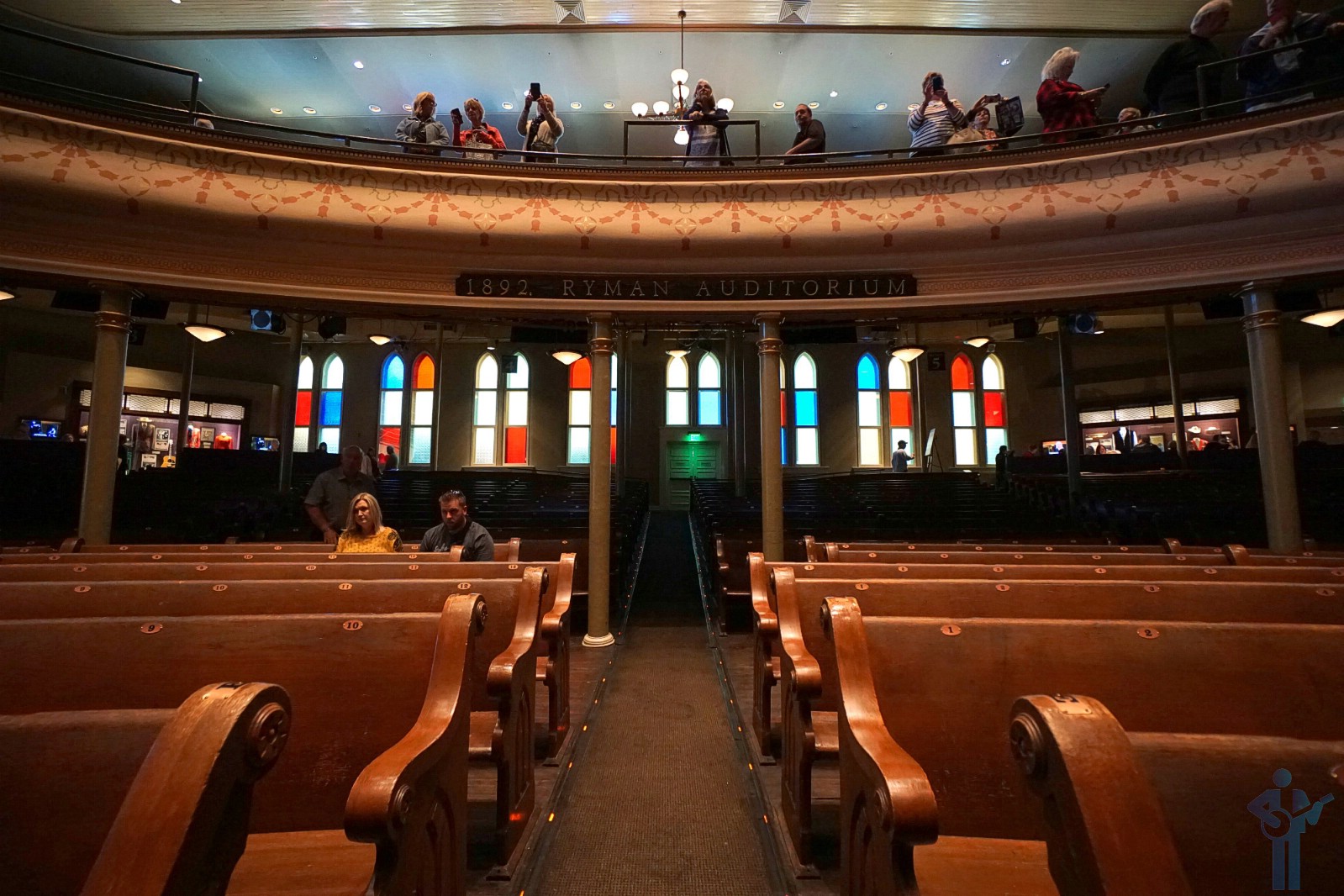
The interior of the Ryman Auditorium in Downtown Nashville, Tennessee. October 16, 2017.
The Soul of Nashville
The experience of visiting the Ryman today is a vastly different, much less intimate experience to the one I got while undertaking the DIY tour back in 2003 on my last visit to Nashville – on that occasion I recall being the only person poking around the auditorium’s innards. The extensive 2015 renovation notwithstanding, visually not much about the Ryman has changed in the intervening 15 years (the shaded and creaking interior still evokes that of a church thanks to the reproduced stained glass windows and wooden pews which can seat 2,300-plus concertgoers) but it’s a much busier place these days, the present-day Ryman’s The Soul of Nashville experience that visitors have no choice but to buy into both very popular and seemingly hellbent on recouping as much as possible of the $14M spent on the aforementioned renovation.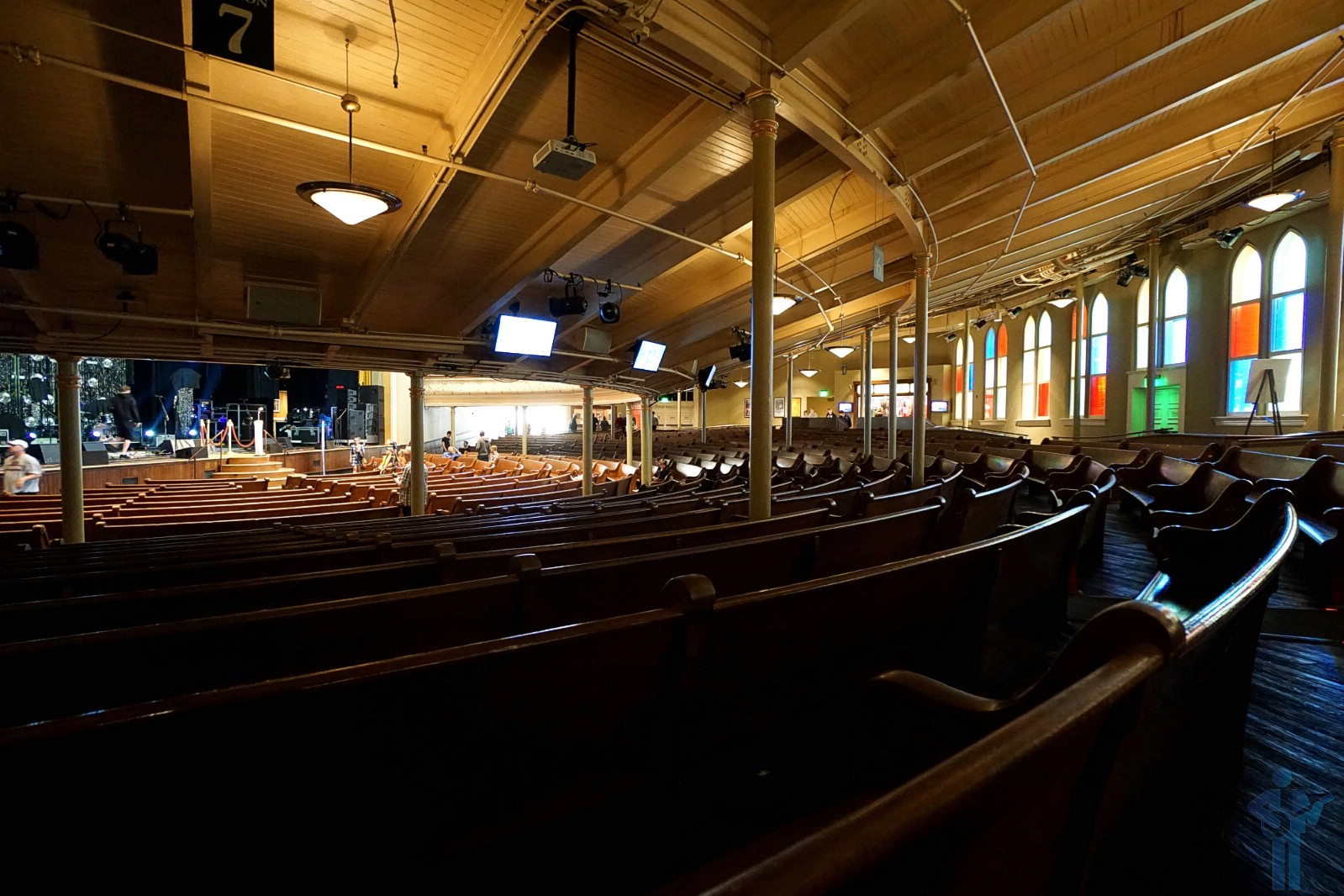
The interior of the Ryman Auditorium in Downtown Nashville, Tennessee. October 16, 2017.

The Ryman Auditorium in Downtown Nashville, Tennessee. October 16, 2017.

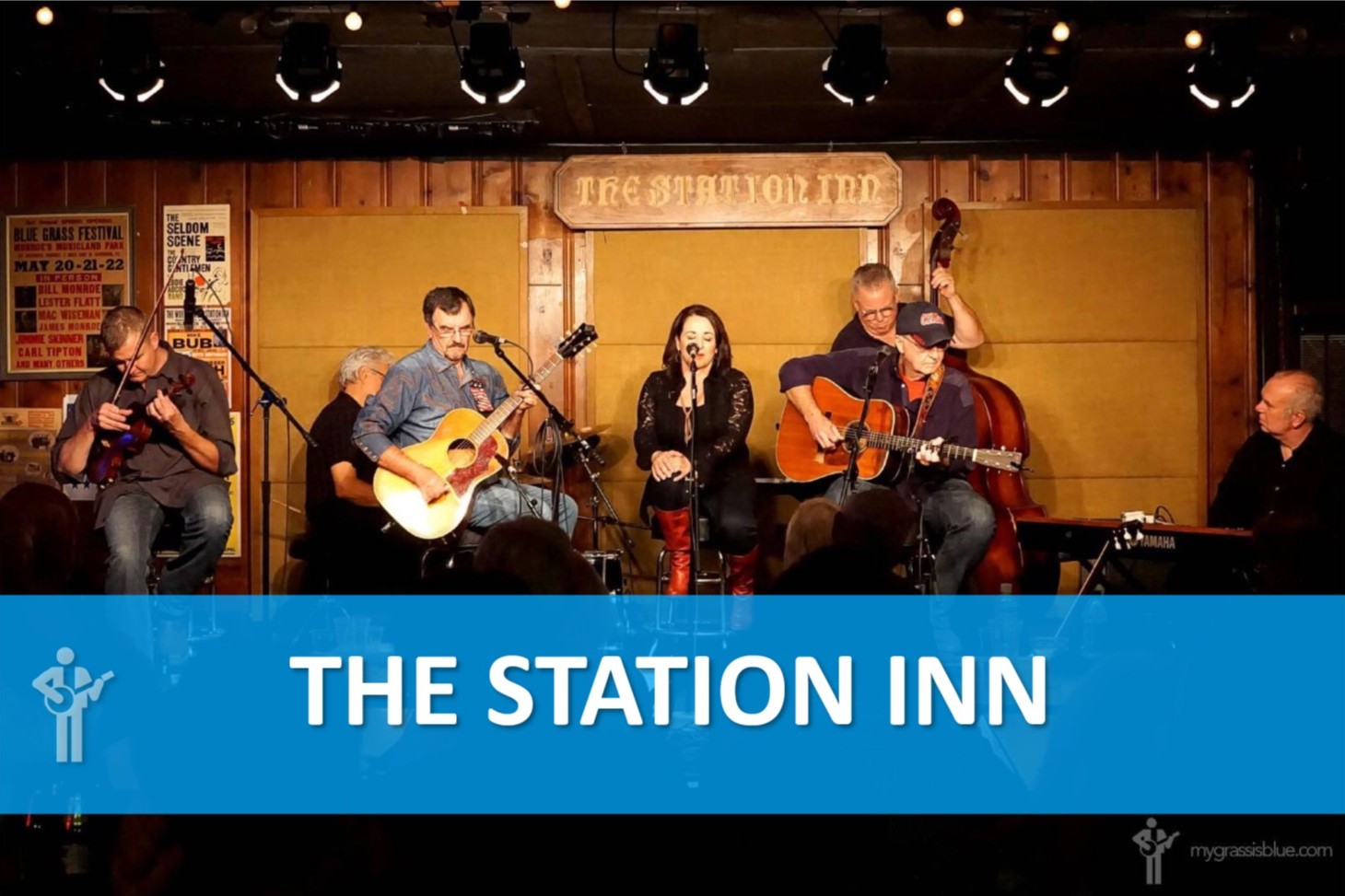
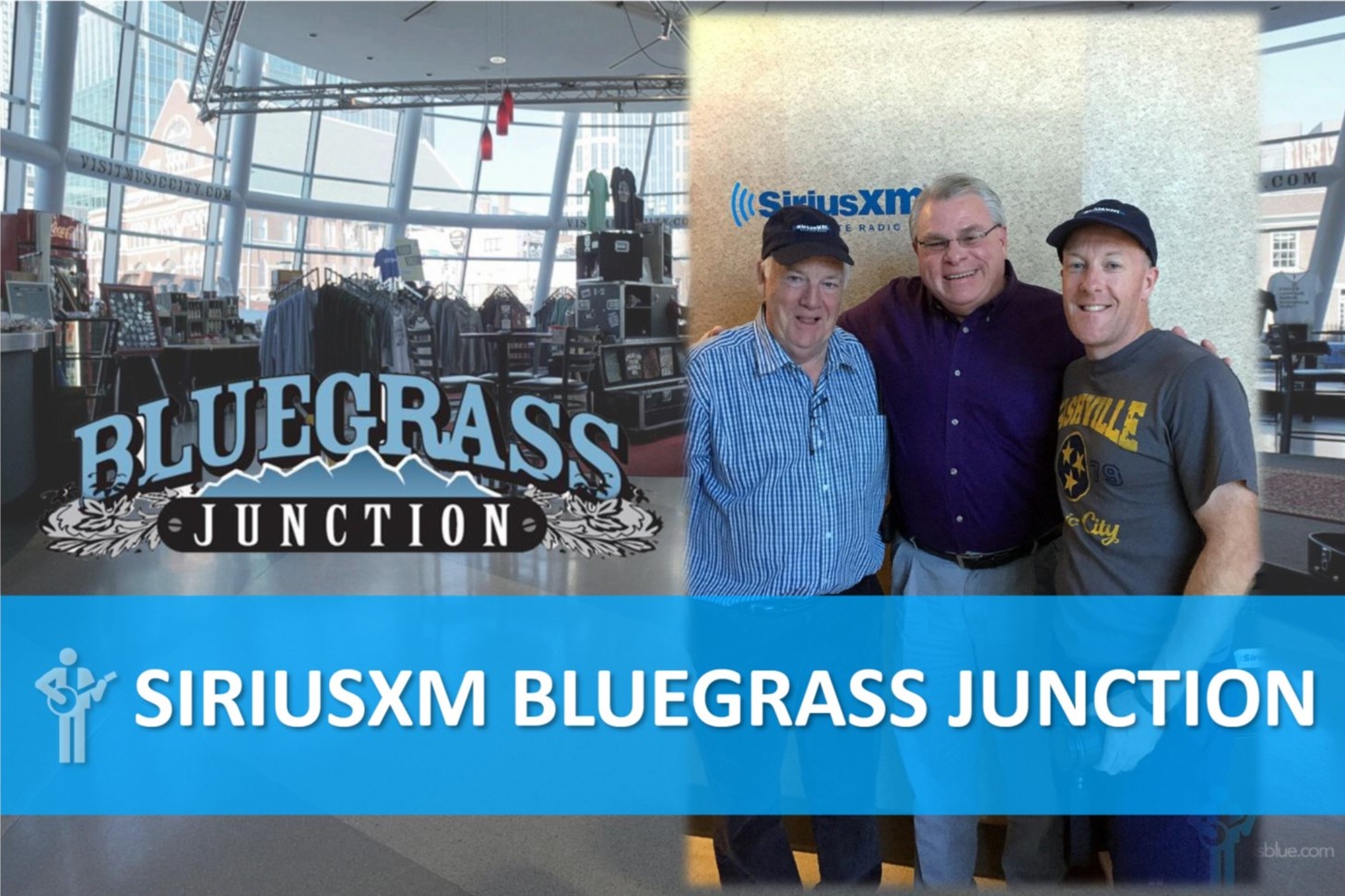
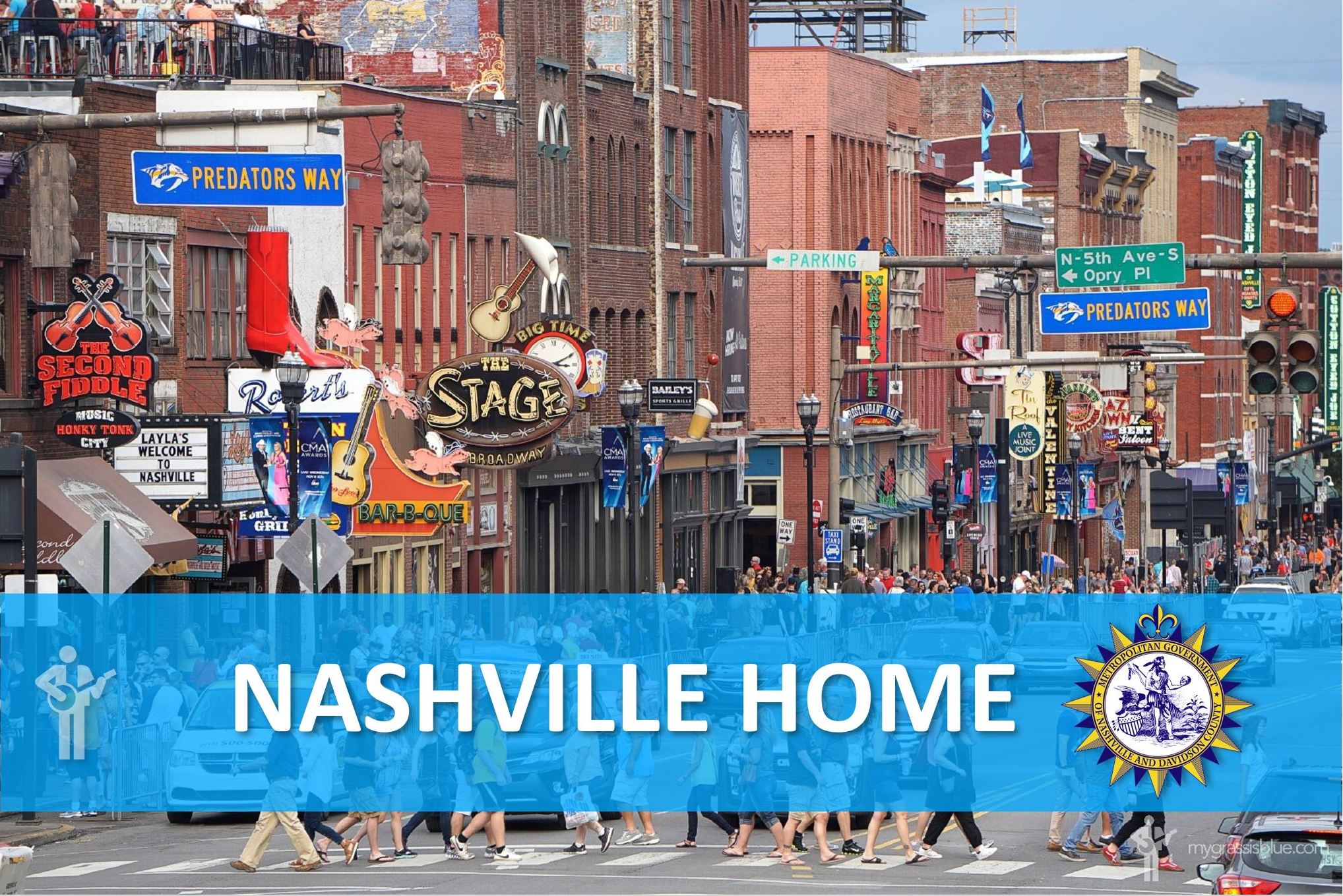
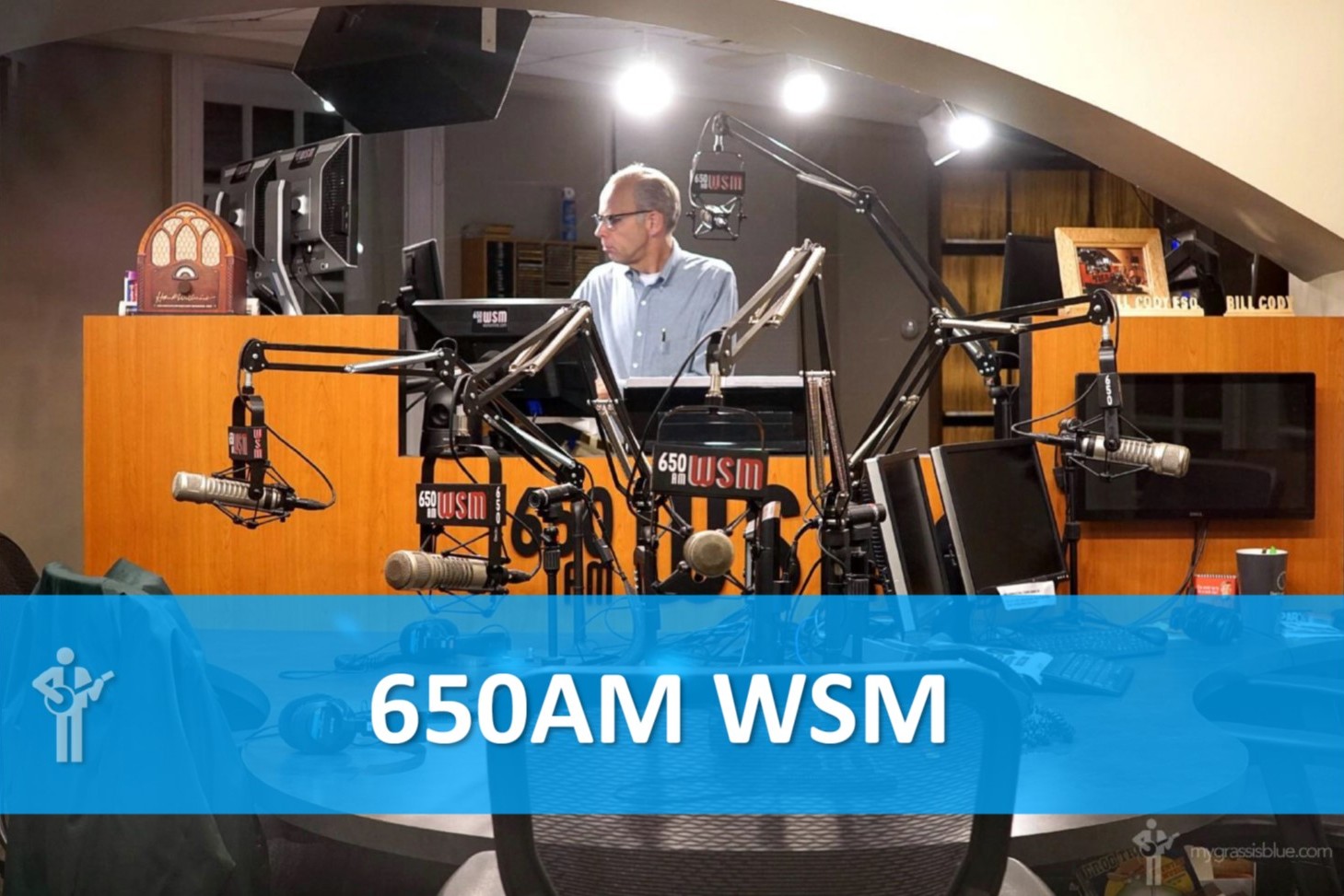
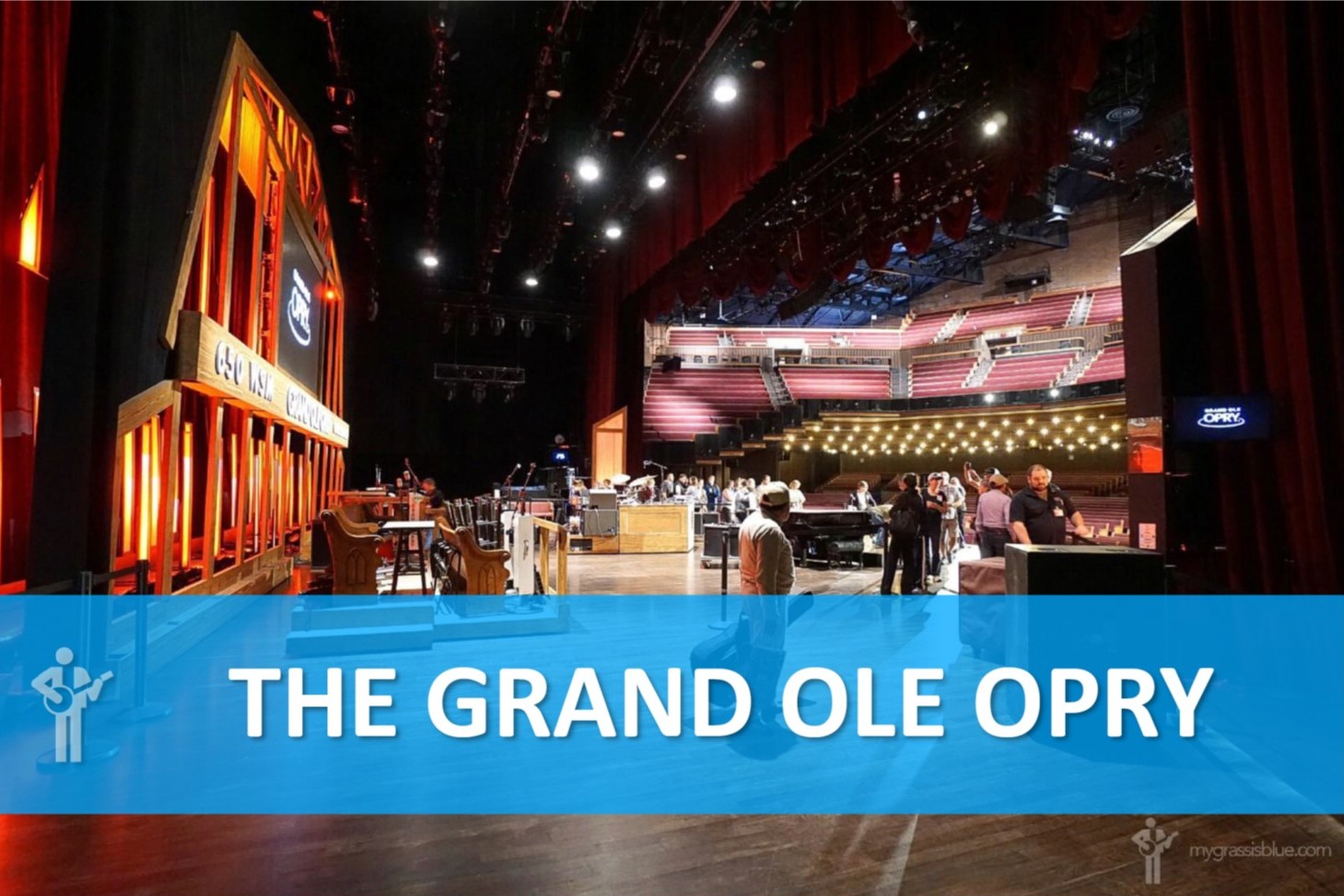


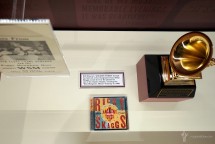
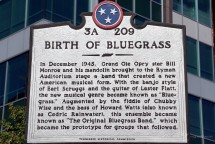


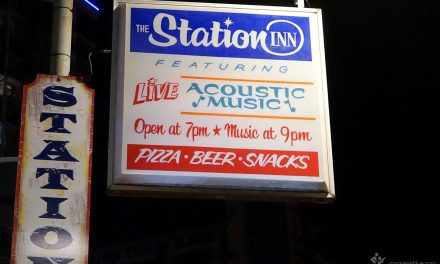
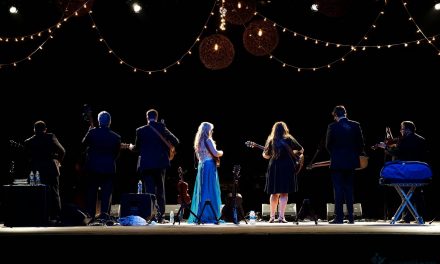
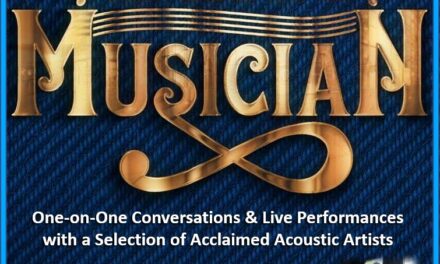

0 Comments